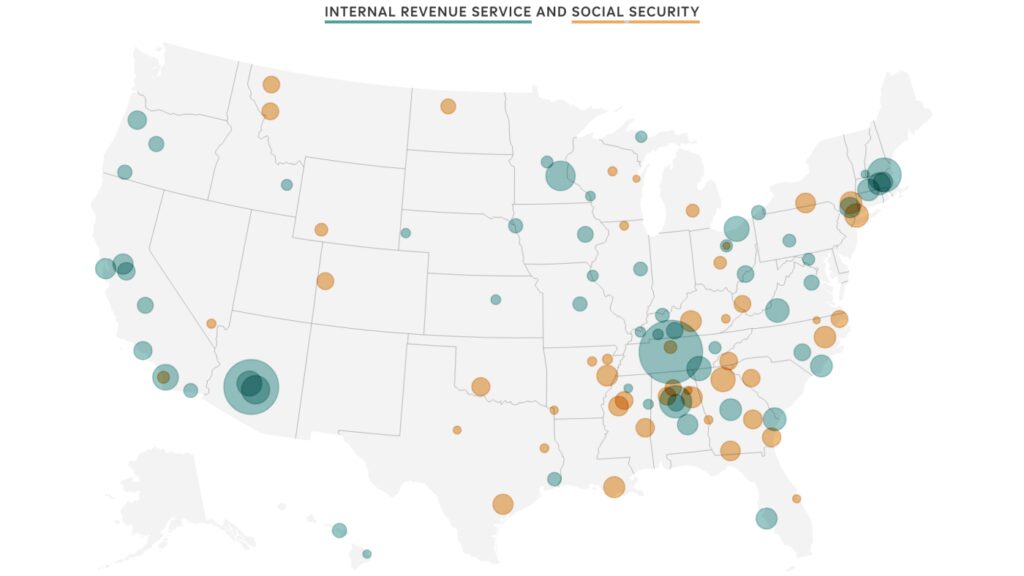The General Services Administration (GSA) is undergoing significant changes as it aims to divest federal real estate properties and reduce headcount by 63% in its Public Building Service division. This move, spearheaded by Elon Musk’s Department of Government Efficiency, has already led to the abrupt firing of over 1,000 workers. The GSA claims over $100 million in savings from terminating federal building leases, with reassurances of ample office space availability.
However, the impact of these actions extends beyond cost savings, potentially affecting public-facing services like IRS taxpayer assistance centers, Bureau of Indian Affairs offices, Social Security offices, and more. The Trump administration’s plan to downsize federal properties includes terminating leases and selling off buildings, raising concerns about service disruptions and workforce implications.
The GSA’s swift firings and real estate maneuvers have left employees and agencies in disarray, with questions about the legality and rationale behind the decisions. The process of identifying properties for cuts has been marred by confusion and errors, with lists of potential targets constantly evolving.
Moreover, the proposed changes raise security concerns, as GSA manages sensitive information that, if compromised, could pose serious threats. The agency’s introduction of the “Space Match” program to facilitate co-working spaces for displaced federal workers may not adequately address the unique security needs of various agencies.
Overall, the GSA’s restructuring efforts have sparked controversy, legal challenges, and fears of service disruptions and security risks among federal employees and agencies involved. The situation remains fluid as the GSA navigates through public scrutiny and the evolving landscape of federal real estate management.

